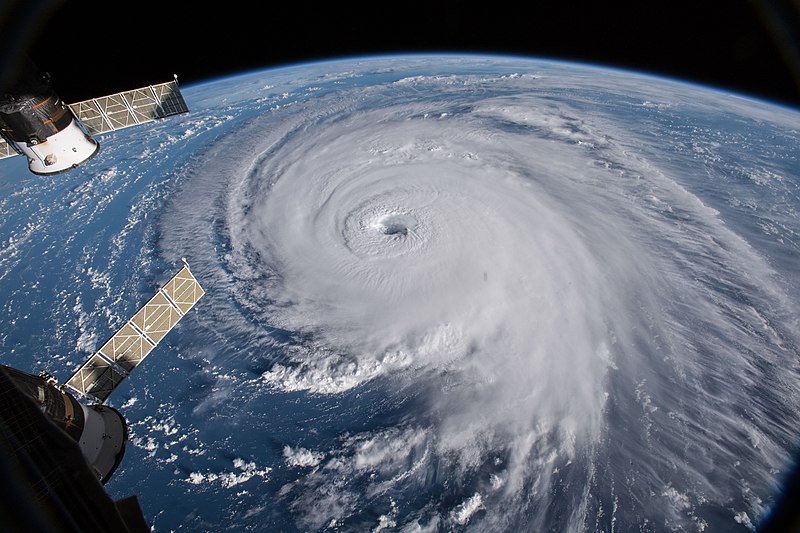
The damaged ozone layer is on its way to recovery after several years of getting rid of chemicals that cause its depletion. By 2040, most of the Ozone layer might have returned to its original state. However, it might be up to 2045 before it recovers completely over the Arctic and around 2066 over the Antarctic.
“The ozone layer is on track to recover within four decades, with the global phaseout of ozone-depleting chemicals already benefitting efforts to mitigate climate change,” a press release by the World’s Metrological Organization stated.
Humans, plants, and animals are not made to face direct light from the sun. The Ozone layer serves as a shield that protects humans, animals, and plants from the sun’s ultraviolet radiation. Exposure to UVB could result in increased skin cancers, cataracts and potential damage to other organisms, plants, and even plastic.
In May 1985, scientists from the British Antarctic Survey discovered a hole in the Ozone Layer. Since then, the United Nations alongside the World’s Metrological Organisation have been working hard to get rid of ozone-damaging chemicals to return the Ozone Layer to its old days, which led to the design of the Montreal Protocol.
The latest executive summary of the progress of the Montreal Protocol confirmed that 99% of the banned ozone-depleting substances had been phased out. If that zeal is sustained, the Ozone layer will heal completely in four decades.
Meg Seki, Executive Secretary of the United Nations Environment Programme’s Ozone Secretariat, said: “That ozone recovery is on track according to the latest quadrennial report is fantastic news. The impact the Montreal Protocol has had on climate change mitigation cannot be overstressed. Over the last 35 years, the Protocol has become a true champion for the environment.”
“The assessments and reviews undertaken by the Scientific Assessment Panel remain a vital component of the work of the Protocol that helps inform policy and decision-makers,” Meg added.
The Montreal Protocol in Action
The Montreal Protocol is an agreement reached by countries of the world to protect the Ozone layer from further damage. This is done by gradually getting rid of chemicals that deplete the ozone layer. With the cooperation of most nations, the agreement was reached on September 16, 1987, but became binding on the parties in 1989. It is regarded as one of the most successful global environmental agreements.
The Montreal Protocol regulates the production and consumption of almost 100 chemicals. These chemicals are man-made and are often referred to as ozone-depleting substances (ODS). When these chemicals are released into the atmosphere, they damage the stratospheric ozone layer, thereby exposing humans, animals, plants, and the environment to the ultraviolet radiation from the sun.
“Under this treaty, all parties have specific responsibilities related to the phase-out of the different groups of [ozone-depleting substances], control of ODS trade, annual reporting of data, national licensing systems to control ODS imports and exports, and other matters,” the UN Environmental Programme stated regarding the Montreal Protocol.
“Developing and developed countries have equal but differentiated responsibilities, but most importantly, both groups of countries have binding, time-targeted and measurable commitments,” it added.
“A precedent for climate change action.”
As the world battles with the effects of climate change, the Montreal Protocol might have set the standard for the world to follow. For over 30 years, cooperation between nations has placed the ozone layer on the path of complete healing. Cooperation between nations can also help tackle climate change to a standstill with time.
“Ozone action sets a precedent for climate action,” Prof. Petteri Taalas, the Secretary-General of the World Metrological Organization, stated. “Our success in phasing out ozone-eating chemicals shows us what can and must be done – as a matter of urgency – to transition away from fossil fuels, reduce greenhouse gases and so limit temperature increase.”
On its own, the Montreal Protocol has helped to tackle the issue of climate change minimally. In 2016, another agreement was reached between the parties to the Montreal Protocol, known as the Kigali amendment.
Under the Kigali amendment, nations were to phase down the production and consumption of some hydrofluorocarbons (HFCs). The hydrofluorocarbons to be phased down do not deplete the ozone layer but are powerful gases that can have adverse effects on climate.
The recently released report on the assessment of Ozone depletion stated that if the 2016 Kigali amendment is adhered to, global warming could be reduced significantly by 2100.
“Compliance with the 2016 Kigali Amendment to the Montreal Protocol, which requires phase down of production and consumption of some hydrofluorocarbons (HFCs), is estimated to avoid 0.3–0.5°C of warming by 2100,” the report stated.
However, it is important to note that the ozone layer would only recover “If current policies remain in place.” A deviation from the policies and the Montreal Protocol could end up causing further damage to the ozone layer and worsen the current global crisis of climate change.






0 Comments